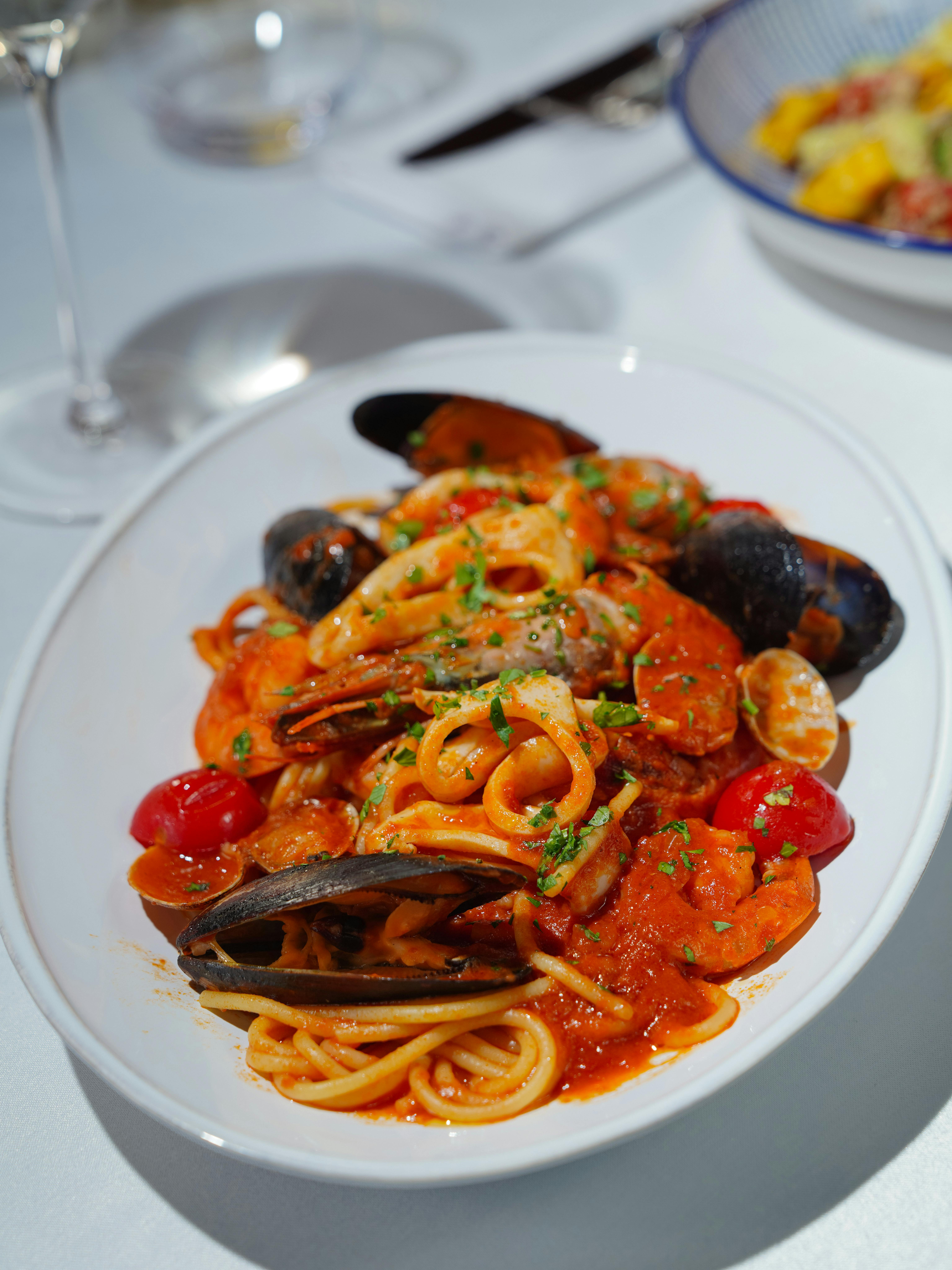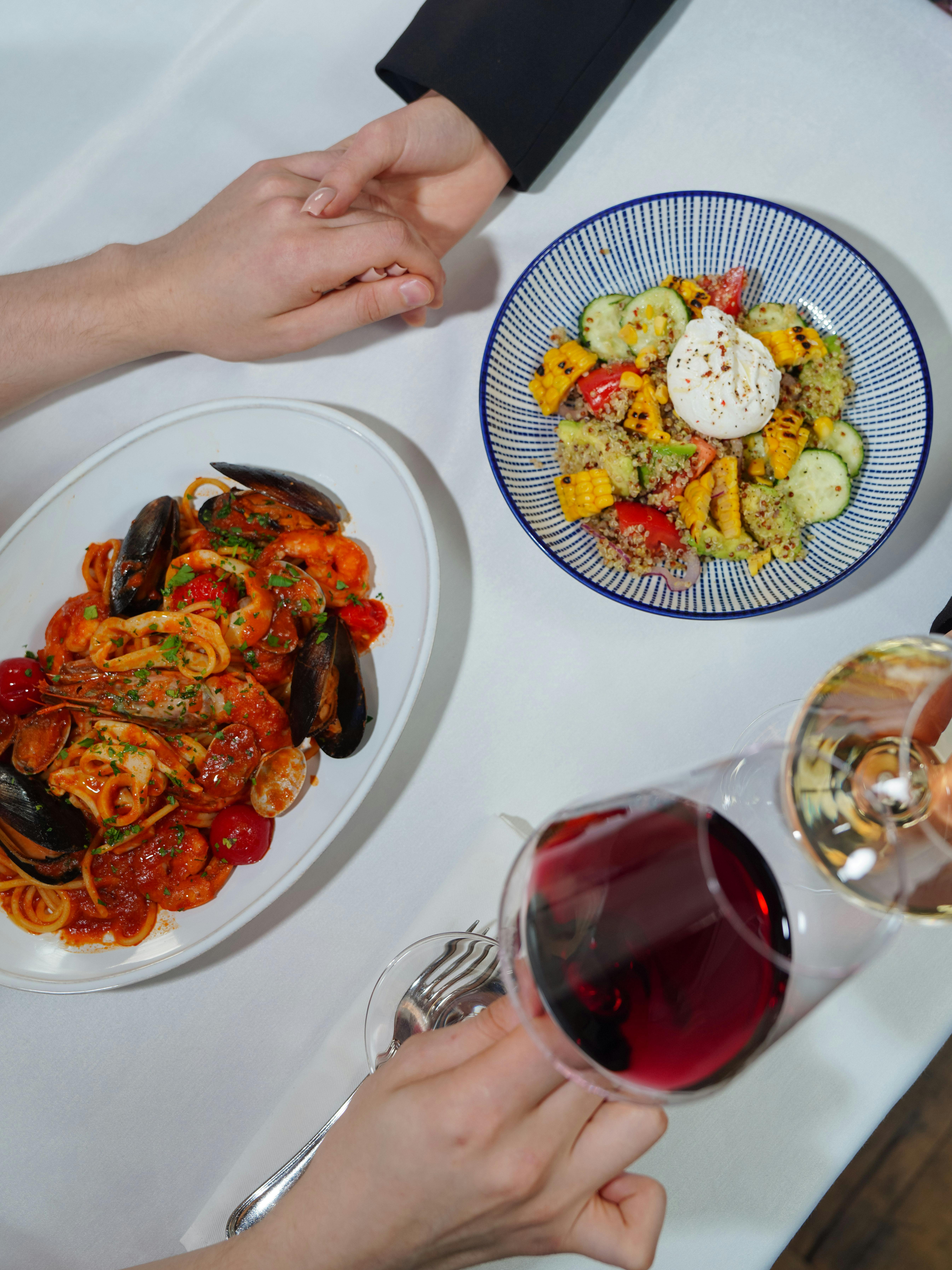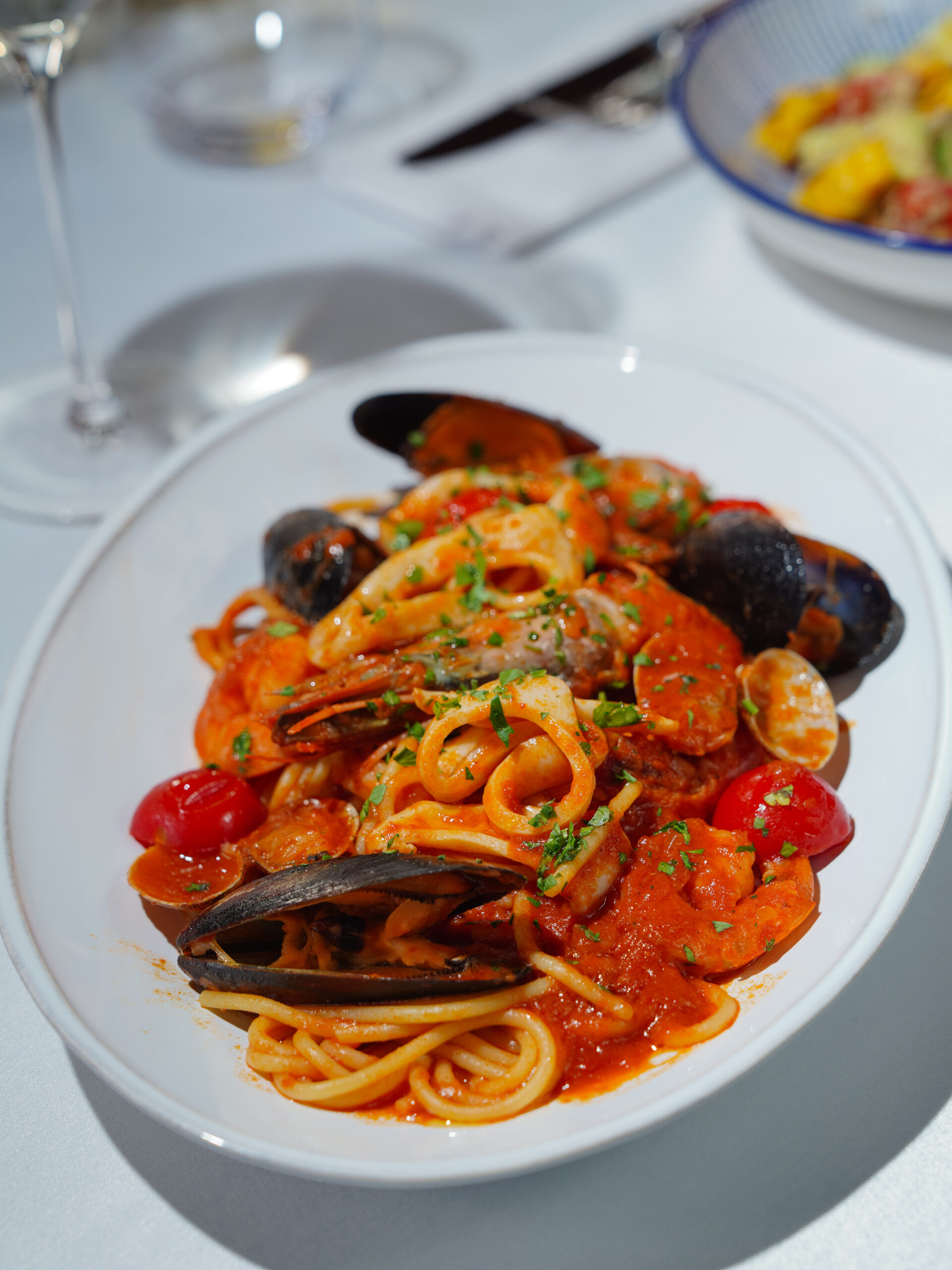Ever wonder how to achieve that perfect crispy and crunchy coating on your fried foods? Look no further! In this article, we will unveil the science behind breading, providing you with expert cooking tips and techniques to elevate your culinary skills. Tastepan’s comprehensive guides and videos will turn you into a kitchen pro, whether you’re hoping to improve your knife skills, perfect your grilling game, or master the secrets of baking. So get ready to delve into the world of breading and unlock the secrets behind those irresistibly tasty coatings.

The Basics of Breading
Understanding the Purpose of Breading
Breading is a technique used in cooking to create a crispy and flavorful coating on various food items. Whether you’re making fried chicken, fish fillets, or vegetable fritters, breading adds texture and taste to your dishes. The main purpose of breading is to lock in moisture, enhance flavors, and provide a satisfying crunch when you take a bite. By following a few simple steps, you can achieve perfectly breaded dishes that will impress family and friends.
Popular Ingredients for Breading
To achieve that desired crispy coating, you’ll need a few essential ingredients for breading. The three main components are flour, eggs, and seasonings. Flour acts as the base for the coating, providing structure and helping to create a crispy texture. Eggs, on the other hand, act as a binder, helping the coating adhere to the food item. Seasonings such as herbs, spices, and even salt and pepper add flavor to the breading, elevating the overall taste of your dish. With these ingredients at hand, you’re ready to start the breading process.
The Three-Step Breading Process
The three-step breading process is a tried and true method for achieving a perfectly breaded dish. It involves coating the food item in flour, dipping it in beaten eggs, and then coating it with seasoned breadcrumbs or another desired breading mixture. This process helps ensure that the coating adheres well and provides an even, crunchy texture. The flour acts as the first layer, helping the eggs stick to the food item, while the breadcrumbs or breading mixture form the final crispy coating. Following this process step-by-step will result in a well-breaded dish that is both visually appealing and delicious.
The Role of Flour in Breading
How Flour Helps Create a Crispy Coating
Flour plays a crucial role in breading as it helps create the desired crispy coating on your food items. When the food is coated in flour, it creates a thin layer that helps absorb any excess moisture and ensures that the eggs have something to stick to. This layer of flour also helps to form a barrier between the food and the oil when frying, allowing for a more even and controlled cooking process. Additionally, the flour contributes to the overall texture of the coating, giving it a satisfying crunch.
Different Types of Flour for Breading
There are several different types of flour that can be used for breading, each offering its own unique characteristics. All-purpose flour is a popular choice as it is readily available and works well for most breading purposes. It provides a neutral flavor and creates a light and crispy coating. Another option is using cornstarch or corn flour, which is gluten-free and creates an extra crispy coating when fried. For those looking for a nuttier flavor, almond flour or coconut flour can be used, adding a hint of richness to the coating. Experimenting with different types of flour can yield exciting and delicious results.

The Importance of Eggs in Breading
How Eggs Help Bind the Coating
Eggs play a vital role in the breading process as they act as a binder, ensuring that the coating adheres well to the food item. When beaten eggs are used in breading, they provide a sticky surface that helps the flour and breadcrumbs adhere to the food. This creates a firm and secure coating that won’t easily fall off during the cooking process. Eggs also contribute to the overall texture and flavor of the coating, adding richness and ensuring a satisfying bite.
Alternative Binders to Replace Eggs in Breading
While eggs are commonly used as a binder in breading, there are alternative options available for those who have dietary restrictions or allergies. One popular alternative is using buttermilk, which not only acts as a binder but also adds a tangy flavor to the coating. Another option is using yogurt, which provides a creamy texture and helps the coating adhere well. Additionally, aquafaba, the liquid from a can of chickpeas, can be used as a vegan binder in breading. It mimics the properties of eggs and helps create a crispy coating without compromising on taste.
The Power of Seasonings in Breading
Enhancing Flavor with Herbs and Spices
Seasonings play a crucial role in breading, as they are responsible for enhancing the overall flavor profile of your dish. By incorporating various herbs and spices into your breading mixture, you can add depth, complexity, and even a hint of heat to your coating. Popular herbs such as thyme, rosemary, and parsley can add earthy flavors, while spices like paprika, cayenne pepper, and garlic powder can provide a subtle kick. Experiment with different combinations of seasonings to find the perfect balance that complements your dish.
Balancing Seasonings for Optimal Taste
When it comes to seasoning your breading, it’s important to strike the right balance to achieve optimal taste. Too little seasoning can result in a bland coating, while overseasoning can overpower the natural flavors of the food item. Start by adding a small amount of seasonings to your breading mixture and gradually increase it to your liking. Tasting as you go is key to finding the perfect balance. Remember, you can always add more seasonings, but it’s challenging to remove them once they’re mixed in. By exercising caution and being mindful of flavor balance, you’ll be able to create a breading that enhances the taste of your dish without overpowering it.

The Science of Frying
Understanding the Maillard Reaction
When it comes to achieving a crispy and golden-brown coating, understanding the Maillard reaction is essential. The Maillard reaction is a complex chemical process that occurs between proteins and reducing sugars in the food when exposed to high heat. This reaction is responsible for the browning of the coating and the development of a rich, savory flavor. By frying the breaded food at the correct temperature, you can ensure that the Maillard reaction takes place, resulting in a beautifully caramelized and flavorful coating.
Proper Temperature and Time for Frying Breads
To achieve the perfect breading, it’s crucial to fry the food at the right temperature and for the right amount of time. Maintaining a consistent oil temperature is essential to prevent the coating from absorbing excess oil and becoming greasy. Generally, a temperature between 350°F to 375°F (175°C to 190°C) is ideal for frying breaded foods. Cooking time will vary depending on the thickness of the food item and the type of breading used. It’s important to monitor the cooking process closely, ensuring that the coating turns golden brown and crispy without becoming burnt. By mastering the art of frying, you can achieve a beautifully breaded dish with a perfectly crispy coating.
Alternative Cooking Methods for Healthier Options
Baking: Achieving a Crispy Coating without Frying
For those looking for a healthier alternative to frying, baking can be an excellent option. Baking allows you to achieve a crispy coating without the need for excessive amounts of oil. To achieve a crispy result when baking, it’s crucial to preheat the oven to a high temperature, usually around 425°F (220°C), to ensure that the coating crisps up well. Additionally, lightly brushing the breaded food with oil or using cooking spray can help enhance the crispiness. While baking may not result in the exact same level of crunch as frying, it provides a healthier alternative without sacrificing flavor.
Air Frying: Reducing Oil Content while Maintaining Crunchiness
One of the newest innovations in cooking technology is the air fryer, which allows you to achieve a crispy coating with minimal oil. Air frying works by circulating hot air around the food item, creating a similar effect to deep frying but with significantly less oil. By using only a tablespoon or less of oil, you can achieve a crunchy and golden result. While the texture may not be identical to deep frying, air frying still provides a satisfying crunch and a healthier alternative to traditional frying methods.
The Influence of Pre-Breading Treatments
Marination and Brining: Enhancing Moisture and Flavor
Before the actual breading process, pre-breading treatments such as marinating and brining can greatly enhance the moisture level and flavor of your food items. Marinating involves soaking the food in a mixture of liquids, herbs, and spices to infuse it with flavor and tenderness. This process can be particularly effective for proteins like chicken and pork. Brining, on the other hand, involves submerging the food in a saltwater solution, which helps retain moisture and adds flavor. Both marinating and brining can greatly enhance the overall taste and texture of your breaded dishes, creating a more flavorful and succulent end result.
Drying and Resting: Improving Adhesion and Texture
After marinating or brining, it’s important to properly dry your food items before breading. Excess moisture on the surface of the food can prevent the flour from adhering properly and result in an uneven coating. Simply patting the food item dry with a paper towel or allowing it to air dry for a few minutes can significantly improve adhesion. Additionally, it’s beneficial to let the breaded food rest for a few minutes before cooking. This resting period allows the flour to hydrate and helps the coating adhere better to the surface, resulting in a more uniform and consistent texture once cooked.
Tips for Achieving Perfectly Crunchy Coatings
Properly Preparing Ingredients for Breading
Before diving into the breading process, it’s important to properly prepare your ingredients to ensure a successful outcome. Start by seasoning the food item with salt and pepper to enhance its flavor. Then, ensure that the flour, eggs, and breading mixture are properly seasoned as well. Having well-seasoned components will ensure that every bite is packed with flavor. Additionally, it’s crucial to cut or prepare the food item into consistent sizes. This will ensure that they cook evenly and result in a uniform texture throughout. Taking the time to prepare your ingredients properly will ultimately contribute to achieving a perfectly crunchy coating.
Coating Techniques for Even and Consistent Results
When it comes to breading, using proper coating techniques is key to achieving even and consistent results. Start by coating the food item in flour, making sure to shake off any excess before proceeding to the next step. Next, dip the flour-coated food into beaten eggs, ensuring that it’s evenly coated on all sides. Finally, transfer the food to the breading mixture, pressing the crumbs gently onto the surface to create a solid coating. Make sure to coat the food evenly, paying attention to any nooks and crannies. By following these coating techniques, you’ll achieve a perfectly breaded dish with a consistent and crunchy coating.
Avoiding Common Mistakes in the Breading Process
To achieve optimal results in breading, it’s important to avoid common mistakes that can compromise the outcome. One common mistake is overcrowding the cooking vessel, which can lead to uneven cooking and a soggy coating. It’s important to cook the breaded items in small batches, allowing enough space for the hot air or oil to circulate freely. Another mistake is excessive flipping or turning of the food during cooking, which can cause the breading to fall off. It’s best to flip the breaded items only once to ensure that the coating remains intact. By being mindful of these common mistakes, you can avoid disappointment and achieve perfectly crunchy coatings every time.
Exploring Different Types of Breading
Japanese Panko: The Secret to Extra Crunch
If you’re looking to elevate your breading game, Japanese panko breadcrumbs are a must-try. Panko breadcrumbs are lighter, larger, and crisper than traditional breadcrumbs, providing an extra level of crunch. They have a unique texture that allows them to absorb less oil during cooking, resulting in a lighter and airier coating. Panko can be used as a standalone breading or mixed with traditional breadcrumbs for added texture and flavor. Whether you’re making chicken katsu or crispy shrimp, Japanese panko can take your breading to the next level and provide that sought-after extra crunch.
Cornmeal and Cornflakes: Adding a Unique Texture
For those looking for a unique texture in their breading, cornmeal and crushed cornflakes can be excellent alternatives to traditional breadcrumbs. Cornmeal adds a slightly gritty texture, providing an interesting contrast to the tender interior of the food item. It works particularly well with seafood, giving it a Southern-style flair. Crushed cornflakes, on the other hand, can be used as a coating for crispy chicken tenders or even as a topping for casseroles. The crunch and flavor they add can take your breading to a whole new level and surprise your taste buds.
Innovative Ideas for Creative Breading
Incorporating Nuts and Seeds for Extra Crunch and Nuttiness
If you’re feeling adventurous and want to add an extra dimension of flavor and crunch to your breading, consider incorporating nuts and seeds. Finely ground almonds, pecans, or pistachios can be mixed with breadcrumbs to create a unique coating that’s rich in flavor and texture. Sesame seeds, poppy seeds, or even crushed flaxseeds can also be added to the breading mixture for a nutty and crunchy twist. These innovative additions not only provide extra crunch but also bring a delicious nuttiness that pairs perfectly with various proteins and vegetables.
Using Crushed Crackers or Cereal for Different Flavors
For a creative twist on traditional breading, crushed crackers or cereal can be used to provide different flavors and textures. Crushed saltine crackers or buttery Ritz crackers can add a buttery and savory taste to your breading. On the other hand, crushed cornflakes or rice cereal can bring a subtle sweetness and lightness to your coating. These alternatives can be a fun way to experiment with different flavors and take your breading to new and exciting culinary heights.
In conclusion, breading is a fundamental technique that adds texture, flavor, and visual appeal to various dishes. By understanding the purpose of breading, choosing the right ingredients, and following the proper techniques, you can achieve perfectly crispy and crunchy coatings. Whether you prefer traditional breadcrumbs, Japanese panko, or innovative additions like nuts and seeds, breading allows you to elevate your dishes and delight your taste buds. So, get creative, experiment with different breading methods, and enjoy the satisfaction of creating delicious and perfectly breaded dishes. Happy breading!

